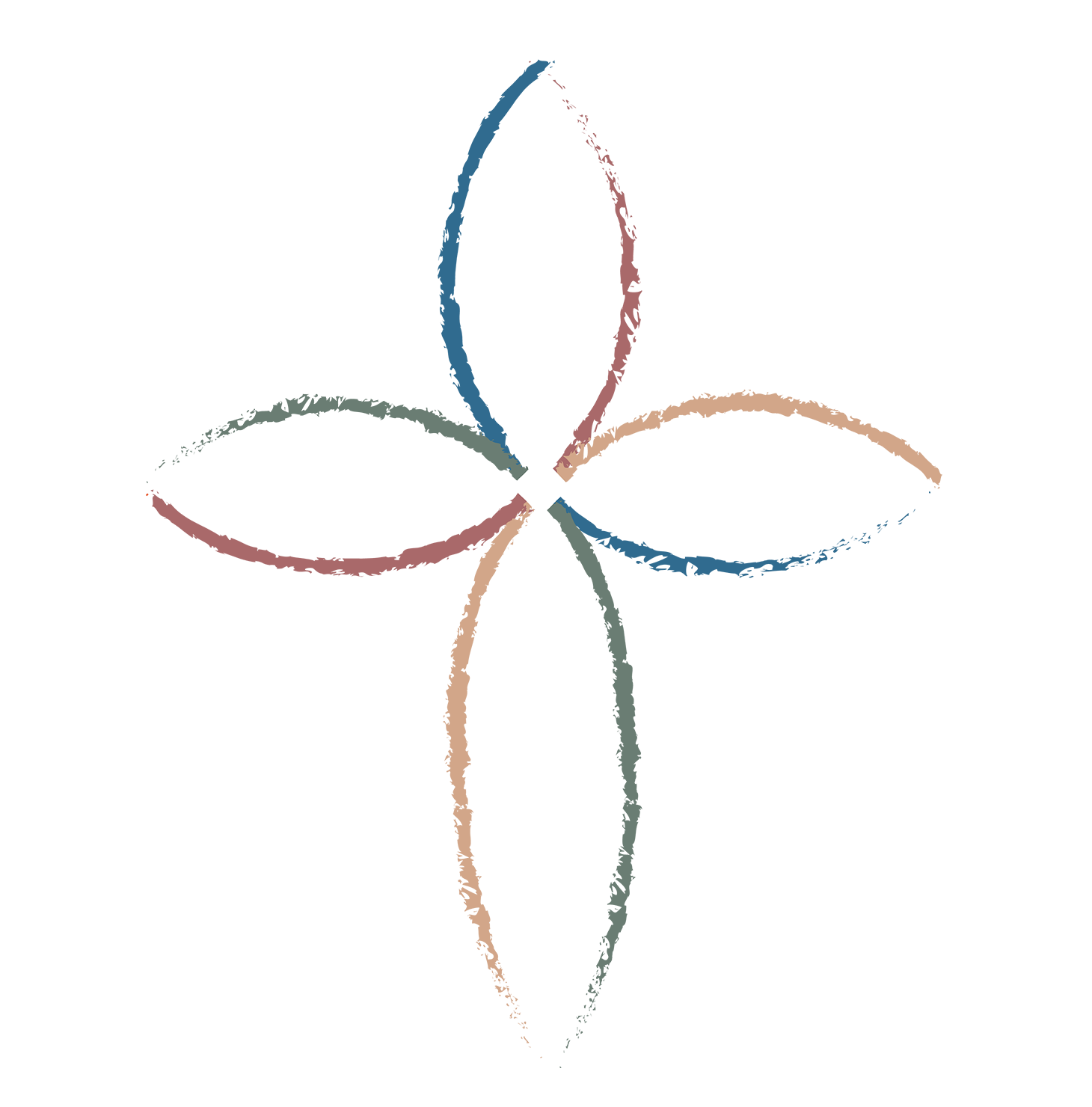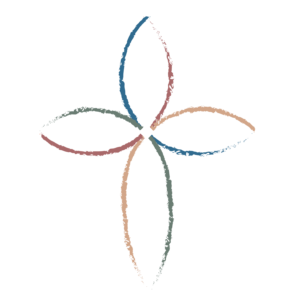Lutherans in America

The symbol of the Holy Spirit with the flames on blue background, a rhythmic repeat at the top of the center lancet, provides the unifying thematic tie of the working of the Holy Spirit. The two other symbols are Luther’s rose, symbol of Lutheranism and the seal of the United States of America where notable events illustrated below occurred.
At the top of the left lancet is Henry Melchoir Muhlenberg (1711-1787), the “Father of the Lutheran Church,” who in 1742, arrived in America. His motto Ecclesia plantanda (“the church must be planted”) could well be the motto of St. Matthew when one considers her rich heritage of worship, service, and outreach. Beside Muhlenberg is shown the Augustus Lutheran Church in Trappe, PA., which was built in 1743 and is still standing. He was Pastor there for most of his ministry, and with his family is buried there. On June 22, 1747, he visited the small, struggling congregation here on the Conewago, and the day following, preached and conducted worship. Vignetted beside him is his son, Peter Muhlenberg, in his uniform of major general in the Continental Army at the time of the American Revolution. Beneath Muhlenberg, there is the scene of the early Lutheran missionary work. John Campanius, Pastor of the Swedish Lutheran Church in Philadelphia, stands holding Luther’s Small Catechism which he translated into the language of the Delaware Indians in 1646.
The center lancet deals with the history of St. Matthew Church by illustrating the church buildings in different times. The first church, located on Third St. and built in 1743, and the second church, located on the corner of McCosh and Clearview Streets, and built in 1756, are symbolized by the log cabin church which overlaps into the right lancet. The third church, completed in 1806 and built on the location of the current church on Chestnut St., shows the replica of the Sir Christopher Wren steeple. Next below is the fourth church built in 1878, which after the fifth church was built, served as a Sunday Church School facility for many years. The fourth church was razed in the fall of 1972 to make way for the new fellowship building.
The center of the predella contains the fifth church, 1922-24, and flanking it on either side are people in various walks of life. On the left is a farmer, a mother with children, a pastor, and a soldier. On the right side is a laborer, a nurse, a doctor, and a teenager. These represent the thousands known to God who worshipped Him since 1743, down to the present, and strengthened by weekly worship, moved out into their daily walk in life.
The right lancet shows part of the first church and the very early religious life of the pioneers who came from the Palatinate in southwest Germany along the upper Rhine. In 1731, John Casper Stoever journeyed on horseback from Lancaster County to take care of the spiritual needs of the early settlers in this area.
Beneath the scene is the Revered Rasmus Jensen, a Lutheran Minister, holding services in Hudson Bay in 1619 for Danish Lutherans before the Mayflower’s arrival in America. This was the first Lutheran settlement in the new world.
Because of limited space, it was necessary to select scenes and personalities which would best illustrate the history of the Lutheran Church in America, Pennsylvania, and Saint Matthew in Hanover, PA. The different church buildings during the two hundred and thirty years of history of the congregation remind us of the thousands who have been baptized, confirmed, married, and have partaken of the Lord’s Supper. “The Lord has been our dwelling place in all generations.”



